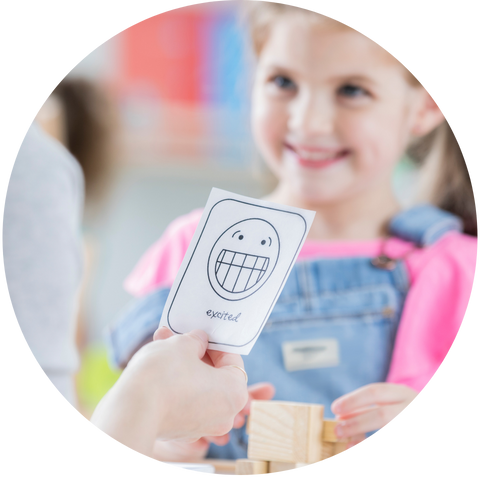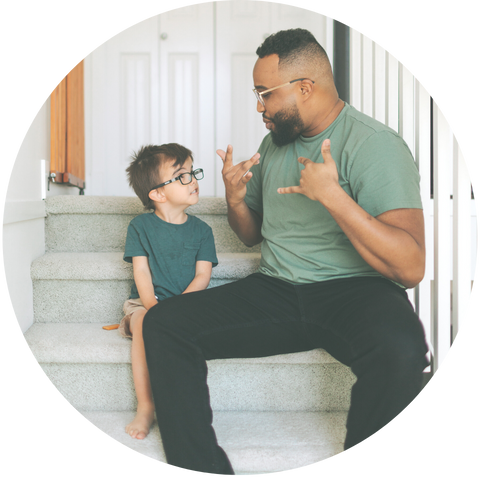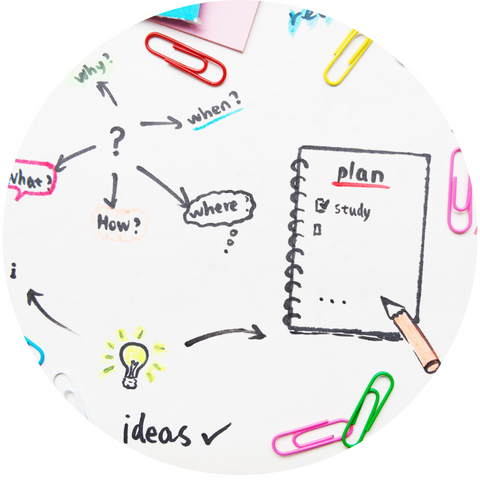Most people use speech and language to indicate their needs and choices or to socialize. Some children, however, have difficulty learning to talk, and others may have no expressive/verbal speech/language. Augmentative and alternative communication methods, technology, and therapy can help them communicate.
Communication skills generally develop in predictable stages early in a child’s life. If parents detect that their child has difficulty speaking, they should seek advice from a physician, early childhood specialist, or speech therapist as soon as possible. Professionals can test for hearing loss as well as other reasons for speech impairment. They can also suggest ways to help that may range from simple activities parents can do with the child at home to use of sign language or a communication device.
Parents are sometimes concerned that using sign language or a device will deter their child from trying to speak. The opposite may be true.




